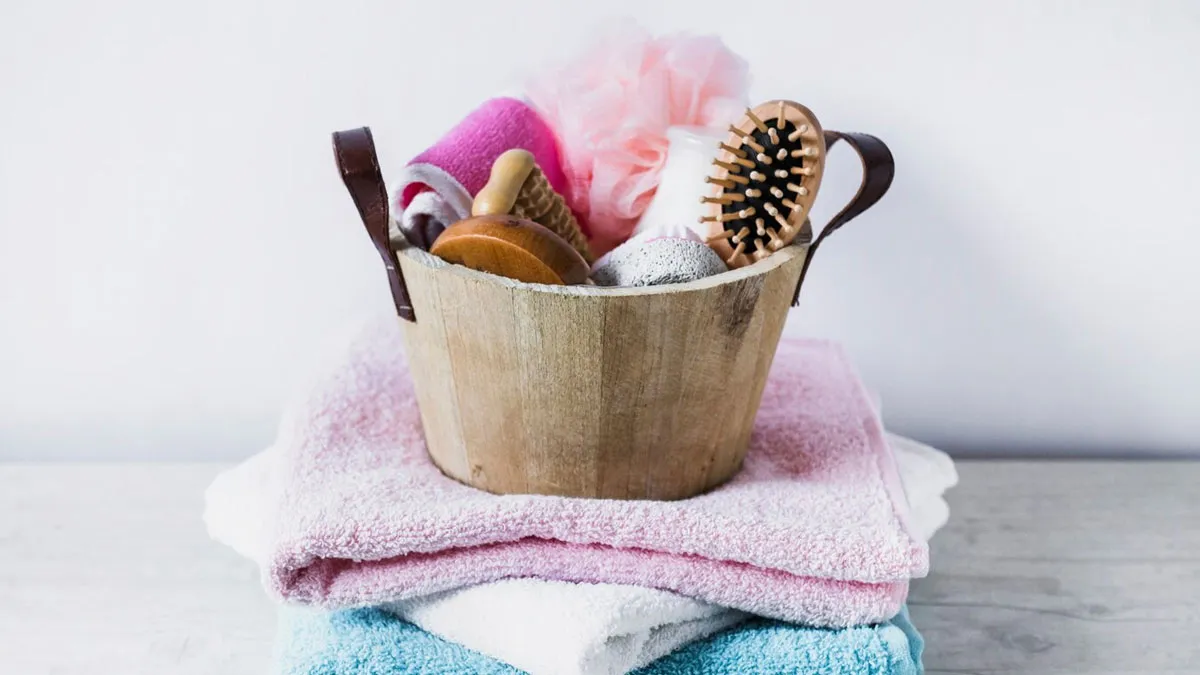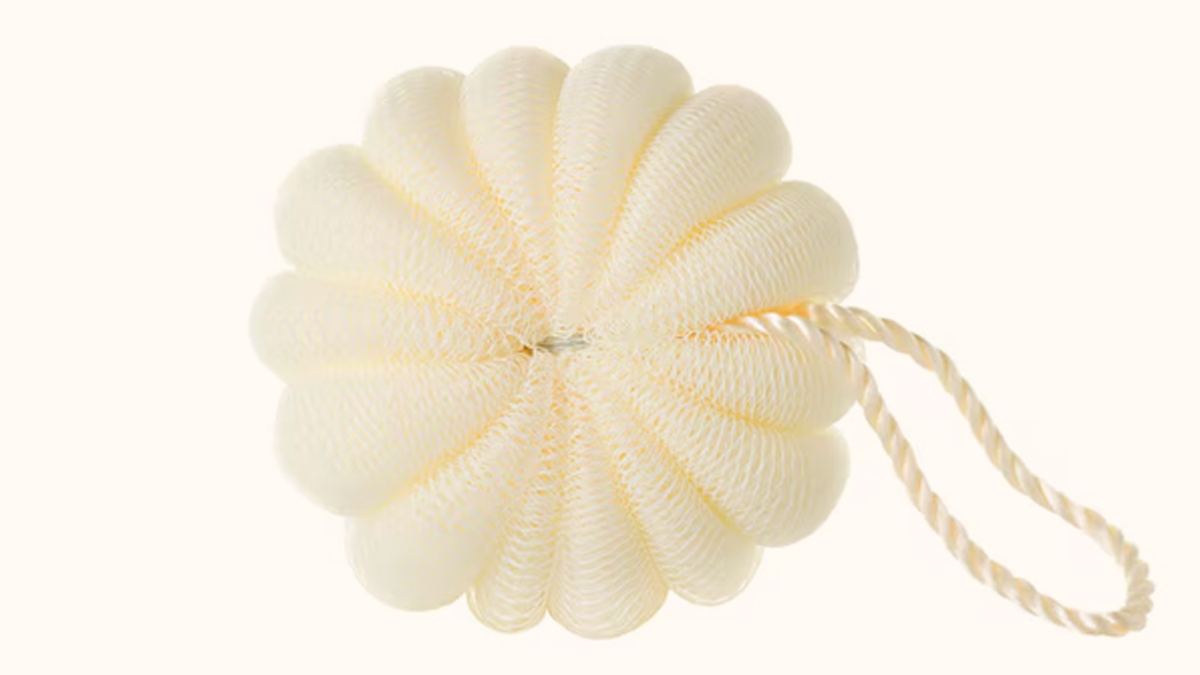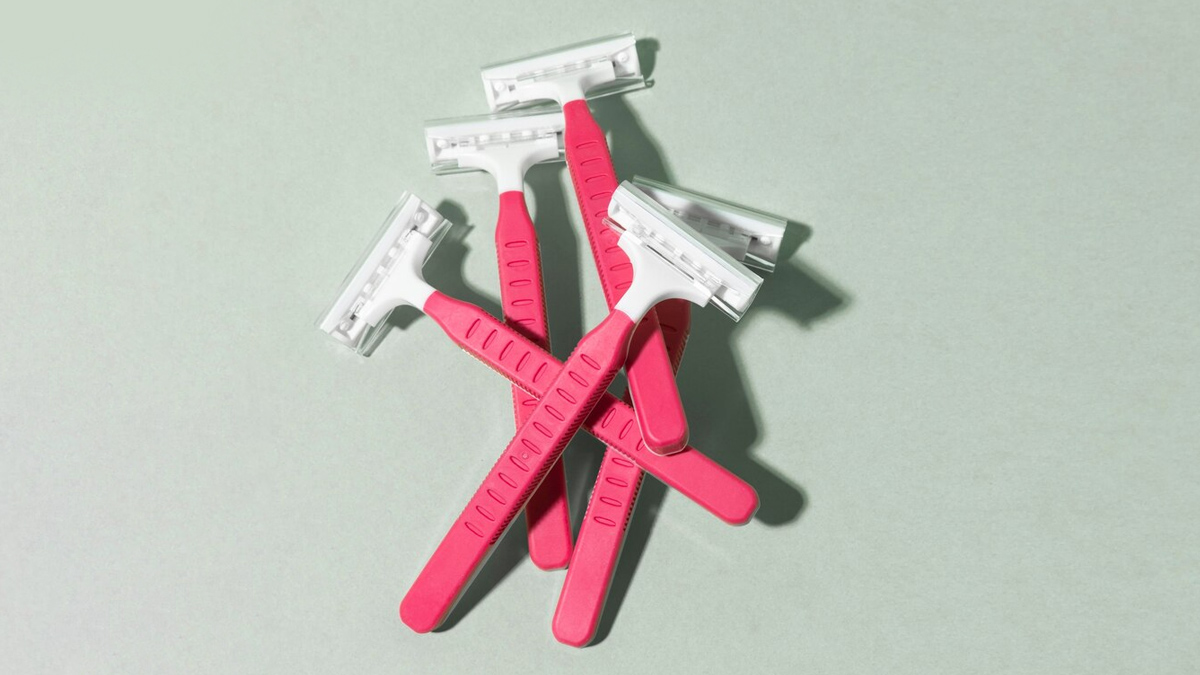
You probably have a morning routine that feels like second nature: shower, dry off, shave, comb your hair, and go. But here’s the not-so-pretty truth: many of us are unknowingly using grooming items way past their prime. That fluffy loofah? It might be a breeding ground for bacteria. The razor blade? Possibly dull and ready to wreak havoc on your skin. The towel? It could be transferring more germs than it’s removing.
Table of Content:-
Personal hygiene isn’t just about the act of staying clean; it’s also about the tools we use to do it. When these tools aren’t cleaned or replaced regularly, they can quietly become sources of skin irritation, infection, and other health issues.
How Often Should You Be Swapping These Everyday Items?
1. Loofahs: Every 3–4 Weeks (or Sooner)

Loofahs may feel like they’re scrubbing you squeaky clean, but they’re quite the germ magnets. Their porous texture traps dead skin cells, which, when mixed with a warm, moist bathroom environment, becomes a perfect playground for bacteria, yeast, and mould.
Best practice: Rinse thoroughly after each use, allow to air-dry fully, and replace every 3-4 weeks. If it starts to smell, change it immediately. Or better yet, switch to a washcloth or silicone scrubber, which are easier to clean and less prone to bacterial buildup.
2. Towels: Every 3–4 Uses
Towels soak up water, sweat, and dead skin, all while hanging in a damp environment. This makes them a hotspot for microbial growth. If you’re using the same towel all week, you may just be rubbing yesterday’s bacteria right back onto your body.
Dermatologists recommend changing bath towels every 3-4 uses and face towels daily, especially if you have acne-prone or sensitive skin.
Pro tip: Make sure your towel fully dries between uses and wash it in hot water (above 60°C) to kill bacteria effectively.
Also Read: What Happens When You Accidently Use Someone's Towel? Expert Shares The After-math
3. Razor Blades: Every 5–10 Shaves

Dull blades not only cause more nicks and razor burns, but they also tug at hair instead of cutting it cleanly, increasing your chances of ingrown hair and irritation. Worse, they can harbour bacteria, especially if stored in the shower.
Quick tip: Store your razor in a dry place and clean it after each use to extend its life.
4. Hair Brushes: Clean Weekly, Replace Every 6–12 Months
Hair brushes collect hair, oil, dust, dandruff, and residue from styling products. Over time, this buildup can make brushing less effective and even transfer grime back to your clean hair.
Dermatologists recommend cleaning your brush once a week (pull out hair, wash with shampoo and water), and replacing it every 6 to 12 months, especially if the bristles are bent, melted, or falling out. Also, using the wrong or damaged brush can contribute to hair breakage or scalp irritation, so inspect yours regularly.
Also Read: Brushing Hair Is Not A Simple Practice! Here Are Its Benefits And How to Do It Correctly
Why This Matters
These timelines aren’t about being fussy, they’re about protecting your skin, hair, and overall health. Bacteria, fungi, and dead skin cells don’t just stay put. They interact with your body every time you use these items, potentially causing:
- Breakouts
- Fungal infections
- Skin irritation
- Body odour
- Shaving cuts and ingrown hairs
- Scalp problems like dandruff or folliculitis
Additionally, clean tools feel better to use. Fresh towels are softer, a new razor glides effortlessly, and a clean brush smoothens your hair instead of pulling it.
Bottomline
You don’t need to overhaul your entire bathroom every month, but small changes, like swapping a tired loofah or rinsing your razor, go a long way. These simple habits can improve your hygiene, reduce skin problems, and make your routine feel cleaner and fresher.
[Disclaimer: This article contains information for informational purposes only. Hence, we advise you to consult your professional if you are dealing with any health issue to avoid complications.]
Also watch this video
How we keep this article up to date:
We work with experts and keep a close eye on the latest in health and wellness. Whenever there is a new research or helpful information, we update our articles with accurate and useful advice.
Current Version